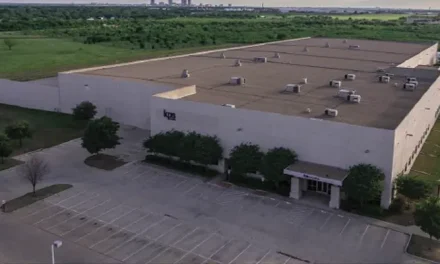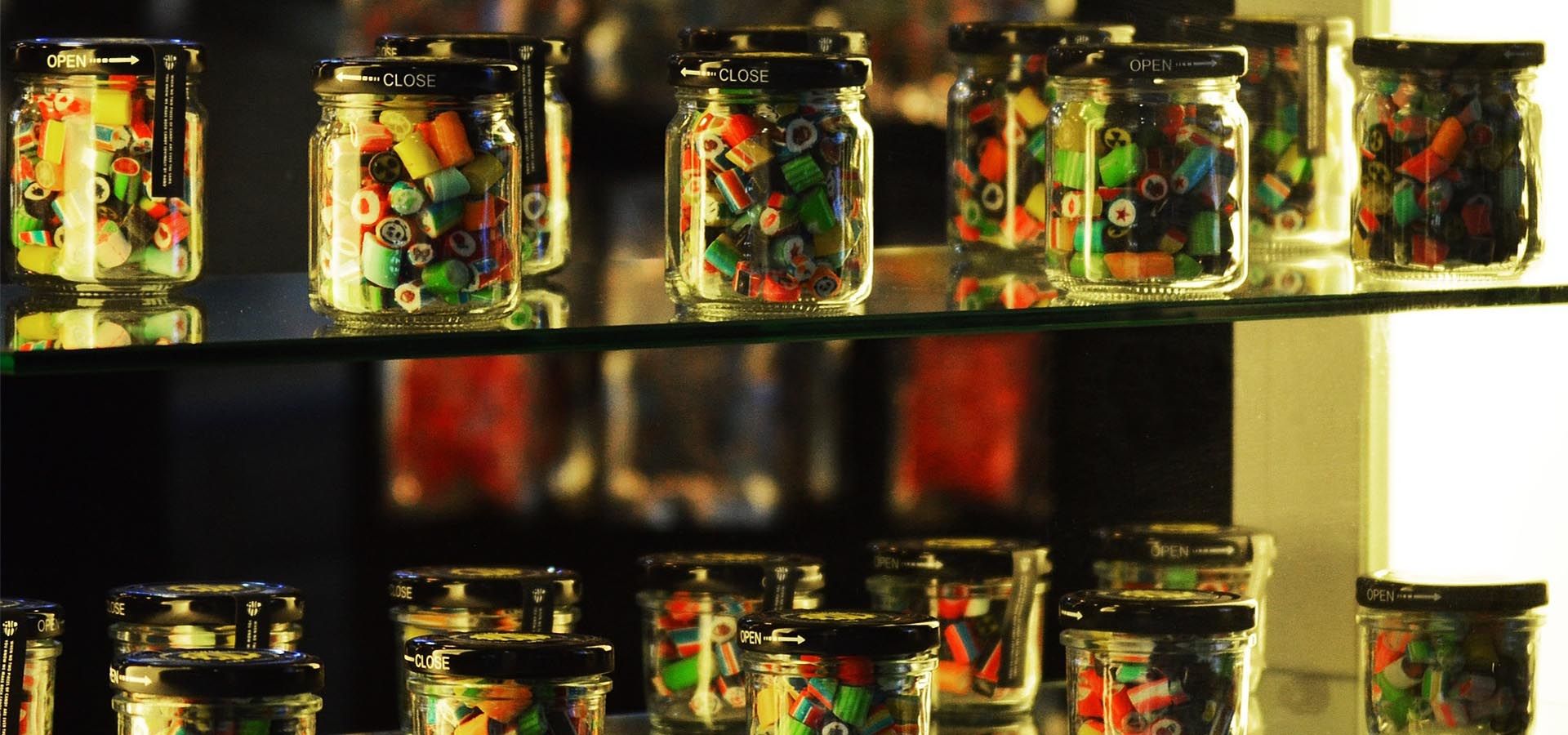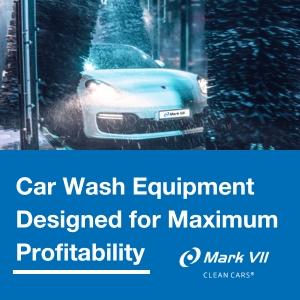
Will People Really Avoid Businesses with Dirty Restrooms?
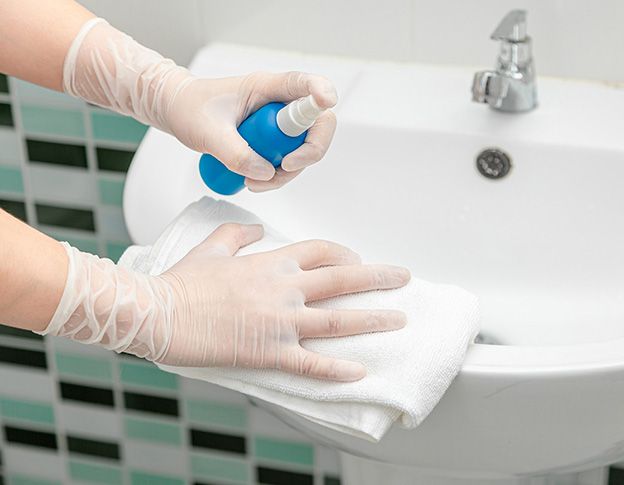
Will People Really Avoid Businesses with Dirty Restrooms?
You Bet They Will.
By Chris Ketchum
It’s well known that poorly cleaned and maintained restrooms, regardless of facility type or industry, can damage a business’ ability to attract and retain customers. But does that really extend to gas stations and carwashes? The answer may surprise you. Research shows that 45 per cent of consumers will go out of their way to avoid gas stations with a sub-par restroom experience – so much so, there’s even an app for that!
GasBuddy, the app that tracks gas prices across the country, allows users to rate restroom experiences, too. According to the retail trends analyst at GasBuddy, gas station brands are paying attention: the reputation of gas station restrooms has improved in the past three years. Cleanliness ratings have improved six percent since 2017.
The National Association of Convenience Stores has weighed in on this issue too, citing that roughly one in five convenience store customers use the bathroom (18 per cent) when they come inside a store and that the shopping experience begins the moment they leave the restroom. A clean restroom sets the stage for a positive experience, where a dirty, poorly supplied restroom discourages food or drink purchases and hastens departure.
In the wake of the COVID-19 pandemic, customers’ expectations and concerns about the cleanliness of public restrooms will only increase. Gas stations and carwashes need to see restrooms as a significant threat – or potential benefit – to their bottom line. Those that do can turn risk into opportunity, leveraging their approach to restroom service and maintenance as a key point of differentiation, and a reason for customers to visit again and again.
Raising the bar
Start by developing a basic, daily restroom cleaning, disinfecting and supply replenishment protocol, training employees on how to clean the restrooms properly and safely. Then ensure that routine checks, ideally once an hour at least, are completed to clean and restock restrooms as needed. A basic daily cleaning process should include:
1. High Dusting
- Moving in a counter-clockwise direction, dust all fixture (lights, vents, etc.). Dusting in one direction saves time.
2. Emptying Trash and Refilling Supplies
- Empty trash bin replace and tie liner
- Refill supplies
3. Spray Toilets and Urinals
- Spray inside and outside of toilets and urinals
- Allow the appropirate dwell time for the disinfectant to work properly
4. Clean Sinks and Counters
- Clean counters faucet and sinks using disinfectant cleaner
- Spot clean high-touch surfaces including wall partitions kick plates and light switches
5. Clean Mirrors and polish Chrome
- Using a different cloth or paper towel, clean mirrors and light fixtures with glass cleaner
> Polish chrome
6. Scrub toilets and Urinals
- Scrub inside toilets and urinals using bowl swab and flush
- Wipe outside surfaces moving from top to bottom, using a new cloth and paying particular attention to seats, and underside of bowls and urinals
7. Deodorize
- Spray odour control product
8. Sweep and Mop Floor
- Start from the furthermost point from the door and sweep toward the door
- From the furthermost point from the door, damp mop toward the door. Pay particular attention to area below toilets and urinals
- Place wet floor signs
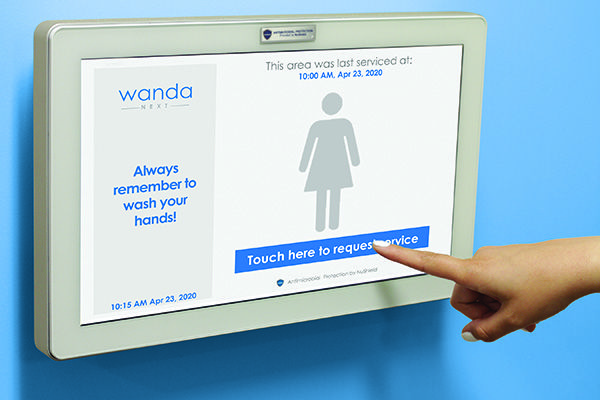
The right stuff
Choosing the right restroom cleaning products, good quality soap, sanitizer and paper supplies, and offering convenient amenities such as hand lotion, feminine hygiene products and mouthwash will create restroom spaces customers appreciate. Consult your sanitation product supplier for recommendations as to the right combination of products, pack sizes and dispensing formats to balance the need for quality, cleaning efficiency and cost effectiveness. From mops and buckets to disinfectant cleaners and paper and soap dispensers, the right choices make cleaning jobs easier and faster – with better results.
Safety first
The importance of personal protective equipment for employees who clean restrooms and other areas of your facility cannot be stressed enough. Protective gloves and eyewear will ensure their skin is not damaged by caustic cleaning chemicals and prevent splashes from injuring eyes. Gloves will also protect employees from harmful pathogens. Gloves should be single use, and employees should be taught to properly remove and dispose of gloves after use so as not to contaminate themselves or the freshly cleaned space. They should then wash their hands thoroughly and dry with paper towel, using the towel to open the restroom door as they exit.
Looking ahead
More and more, ensuring that cleaning protocols are in place and documenting compliance with them is going to be an important part of how businesses that serve the general public are evaluated and rated. It may also be adopted into health and safety pass/fail evaluations in businesses where food is prepared and served, as cleaning and disinfecting procedures are examined closely in the wake of COVID-19.
Chris Ketchum is a national account executive and sanitation expert with R3 Redistribution. For more information on developing a sanitation supply program, he can be contacted at chris.ketchum@r3redistribution.ca

